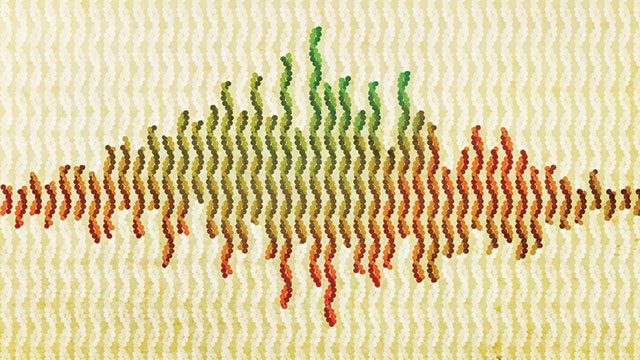
Since PCR was first developed, there have been over two decades of improvements in reagents and equipment, and what we accept as the codified PCR ‘truths’ may have changed. An up-to-date evaluation of the technique’s parameters would help researchers achieve optimal results.
Solution: Scientists at IDT systematically deconstructed a standard PCR protocol, testing all the reaction variables. Here they provide an outline of the results and guidance for optimizing these reactions.
Although seemingly basic, it is important to consider the choice of reagents, their use, and storage before optimizing the reaction itself.
- Water—The liquid reaction environment. Must be contaminant-free. We recommend HPLC-grade bottled water.
- PCR Buffer—Furnishes optimal pH and monovalent salts. Desired MgCl2 concentrations vary, so consider an MgCl2-free buffer, and provide it separately.
- MgCl2 —Contributes Mg++ divalent cations. Cofactor for restriction endonucleases and polymerases. Concentration may need to be optimized.
- dNTPs—Supply individual DNA bases to the polymerase. The β and γ phosphates of dNTPs are the only source of energy for the reaction. dNTPs do not freeze-thaw well; we recommend aliquoting them in small amounts.
- Primers—Starting points for polymerase extension. Require careful design for optimal annealing. Tools such as IDT’s PrimerQuest simplify this.
- Template DNA—Target for amplification. Quality and quantity are important. The template should be as pure as possible, with the purification method optimized for the source of the DNA.
- Polymerase—The catalytic enzyme. Consider processivity, accuracy, and stability of the enzyme you choose to use.
IDT tested the full range of reaction parameters and summarized some of the interesting results here. Access complete results at www.idtdna.com (Support & Education > Technical Reports > Breaking PCR).
MgCl2 concentration. Varying MgCl2 concentration revealed that for short amplicon primers (SAP: 225 bp product), lower concentrations of MgCl2 (≤1 mM) were optimal; high concentrations (3 mM) resulted in non-specific priming. For long amplicon primers (LAP: 1729 bp product), low concentrations of MgCl2 (≤1 mM) gave no results whereas higher concentrations (1.5-3 mM) produced excellent results.
Template DNA amount. One obvious assumption is that more template DNA = more amplicon. However we found this wasn’t always true. We tested inputs of 0 ng, 0.1 ng, 1 ng, 10 ng, 100 ng and 1 μg/rxn. While product increased with template inputs up to 100 ng/rxn, diminishing returns were seen with >10 ng/rxn. This is consistent with the plateau phenomenon, where amplification efficiency decreases due to amplicon quenching of polymerase.1
Annealing temperature. We found that setting annealing temperature (TA) too low resulted in secondary bands due to sequence mismatch tolerance. For LAP, TA was normally the most effective, while for SAP TA + 5°C gave optimal results.
Polymerase extension time. The most surprising result came from decreasing extension times. Reducing it to as little as a quarter of normal had very little effect, implying that DNA polymerase begins to extend immediately upon binding the primer:template duplex. The 72°C extension step is meant to ensure complete extension. However, the enzyme is not inert at TA, and works quite efficiently in vitro.
Primer design. Proper primer design is critical to PCR success and online tools, such as IDT’s PrimerQuest, can greatly facilitate this. Equally important is primer quality.
Experiments conducted by IDT show that, while PCR is a robust method, systematic optimization of reaction parameters, correct primer design, and quality template and primers, are vital for the perfect PCR.
For more information, see IDT’s special PCR volume of their DECODED newsletter (Support & Education > DECODED > DECODED 4.2 qPCR).
References
- Kainz P. (2000) The PCR plateau phase—towards an understanding of its limitations. Biochim Biophys Acta, 1494: 23−27.
Since PCR was first developed, there have been over two decades of improvements in reagents and equipment, and what we accept as the codified PCR ‘truths’ may have changed. An up-to-date evaluation of the technique’s parameters would help researchers achieve optimal results.
Solution: Scientists at IDT systematically deconstructed a standard PCR protocol, testing all the reaction variables. Here they provide an outline of the results and guidance for optimizing these reactions.
Although seemingly basic, it is important to consider the choice of reagents, their use, and storage before optimizing the reaction itself.
To continue reading this article, sign up for FREE to

Membership is FREE and provides you with instant access to eNewsletters, digital publications, article archives, and more.











